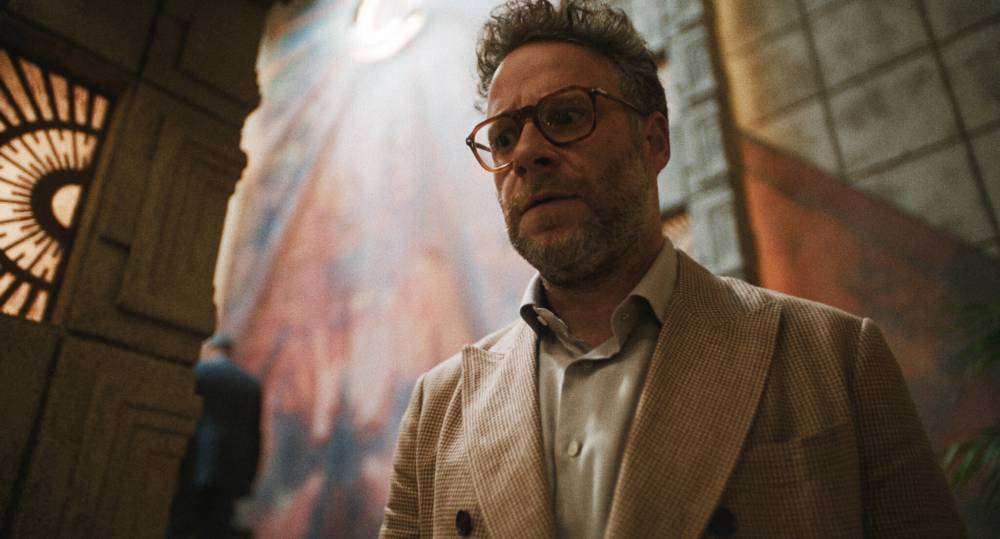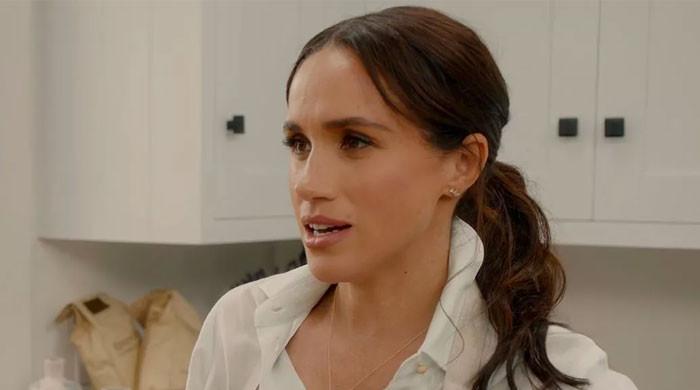Here’s the paradox that powers all the best showbiz satires: Even when a work is surgically dissecting Hollywood’s mix of idiocy, excess and egotism, its tawdry tangle of money and fame, that same work will deliver a moment of such spectacular, transcendent movie magic that all will be forgiven. Read this article for free: Already have an account? To continue reading, please subscribe: * To continue reading, please subscribe: *$1 will be added to your next bill. After your 4 weeks access is complete your rate will increase by $0.
00 a X percent off the regular rate. Here’s the paradox that powers all the best showbiz satires: Even when a work is surgically dissecting Hollywood’s mix of idiocy, excess and egotism, its tawdry tangle of money and fame, that same work will deliver a moment of such spectacular, transcendent movie magic that all will be forgiven. Read unlimited articles for free today: Already have an account? Opinion Here’s the paradox that powers all the best showbiz satires: Even when a work is surgically dissecting Hollywood’s mix of idiocy, excess and egotism, its tawdry tangle of money and fame, that same work will deliver a moment of such spectacular, transcendent movie magic that all will be forgiven.

, a new limited series streaming on Apple TV+, recognizes some of that crazy contradiction, being both a poison-pen letter and a swoony valentine to the film industry. The show follows Matt Remick (Seth Rogen), newly appointed head of the fictional Continental Studios. Matt, a nice, neurotic and “desperately needy” guy, comes in with a starry-eyed belief in the importance of creative artists and original work, and his first assignment is to make a summer-tentpole, four-quadrant blockbuster based on the Kool-Aid brand.
As Matt’s ideals devolve into a series of compromises, failures and outright screw-ups, directors Rogen and Evan Goldberg, along with writers Alex Gregory, Peter Huyck and Frida Perez, somehow deliver a clever, comic, super-cynical industry takedown that is also unexpectedly earnest and sweet about the possibilities of cinema. is slyly self-aware about its own genre. It picks up on many of the tricks and tropes that have made movies-about-movies popular with insiders and everyday audiences ever since things kicked off with 1928’s .
The eight-episode season is packed with cameos and callbacks. While doesn’t come close to the 65 cameo appearances in Robert Altman’s (1992), it does a lot with what it’s got. Ron Howard, frequently described as “the nicest guy in Hollywood,” gets to explode that persona in a hilariously mean-spirited, foulmouthed drop-in.
Look for Zoë Kravitz, Olivia Wilde, Anthony Mackie, Aaron Sorkin, Sarah Polley and Ice Cube. At one absolutely excruciating point, Matt makes the 82-year-old Martin Scorsese weep. There are cineaste in-jokes about “40-take Fincher” and A24 horror movies being seen only by “pansexual mixologists who live in Bed-Stuy.
” And there are loads of movie references, from to . There’s a sneaky reference to . The character of Griffin Mill (played with anarchic comic glee by Bryan Cranston) takes the name of the man who would kill — literally — to be a studio head in Altman’s story.
is also making more serious points. Showbiz satires tend to zero in on the movie business’s historical stress-points — the end of the silent era, the breakdown of the studio system, the shift toward multi-platforming, multinational corporate conglomerates. APPLE TV+ Seth Rogen in The Studio.
Rogen and Goldberg and the scripters are clearly reacting to today’s issues — the Hollywood hamster-wheel of sequels, franchises and remakes, the bizarre uses of “Intellectual Property,” the creepiness of AI. But the larger problem looming over is the threat to the whole theatre-going experience, as streaming services, often owned by giant tech companies, grab an ever-growing share of the attention economy. That brings up a new showbiz-satire paradox.
laments the death of the movies from the vantage point of Apple TV+. This is a limited series on a streaming service that makes fun of limited series on streaming services. There are digs at Netflix and jokes about “TV people.
” During Elections Get campaign news, insight, analysis and commentary delivered to your inbox during Canada's 2025 election. Even as the characters are getting genuinely nostalgic about old-time movie palaces and the grain of real film, itself leans — perversely — into the pleasures of the couch-based viewing experience. Its delicious snack-sized, self-contained weekly episodes clock in around the 30-minute mark, and that’s a big part of the show’s appeal.
So what does that mean for the movies? Cinema always seems on the verge of ending in the showbiz satire, as art and commerce fight to the death. Fortunately, while the genre has been around for almost a century, the movies haven’t ended yet. And there’s some optimism in this series, for all Matt’s disasters, disappointments and Kool-Aid-related moral and creative concessions.
APPLE TV+ Seth Rogen and Catherine O’Hara in The Studio. As he says, “When it all comes together and you make a good movie, it’s good forever.” Matt means it, and so does the show.
[email protected].
ca Studying at the University of Winnipeg and later Toronto’s York University, Alison Gillmor planned to become an art historian. She ended up catching the journalism bug when she started as visual arts reviewer at the Winnipeg Free Press in 1992. Our newsroom depends on a growing audience of readers to power our journalism.
If you are not a paid reader, please consider . Our newsroom depends on its audience of readers to power our journalism. Thank you for your support.
Studying at the University of Winnipeg and later Toronto’s York University, Alison Gillmor planned to become an art historian. She ended up catching the journalism bug when she started as visual arts reviewer at the Winnipeg Free Press in 1992. Our newsroom depends on a growing audience of readers to power our journalism.
If you are not a paid reader, please consider . Our newsroom depends on its audience of readers to power our journalism. Thank you for your support.
Advertisement Advertisement.
Entertainment

The Studio is slyly self-aware about its shtick

Here’s the paradox that powers all the best showbiz satires: Even when a work is surgically dissecting Hollywood’s mix of idiocy, excess and egotism, its tawdry tangle of money and [...]














